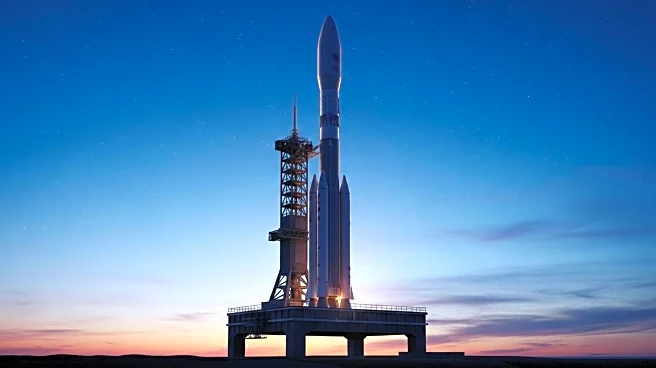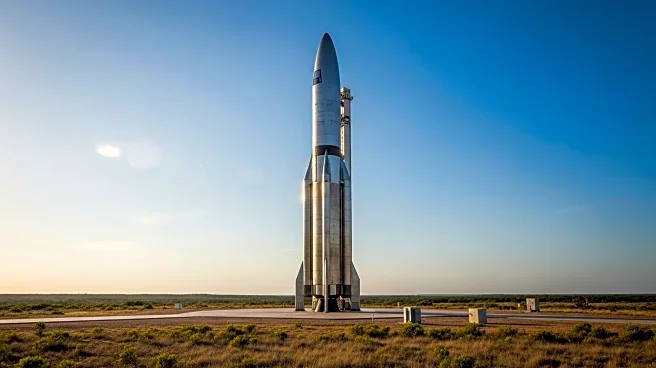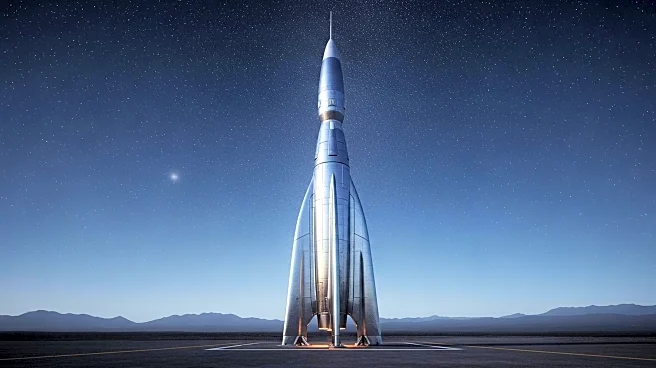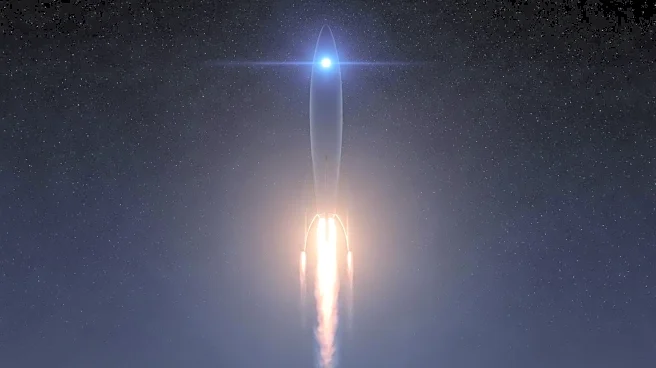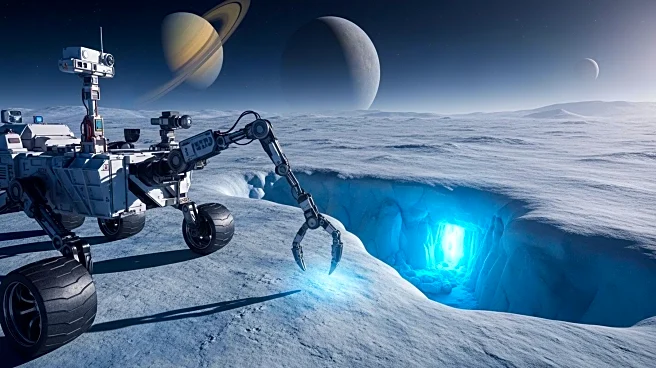What's Happening?
SpaceX is set to launch its Starship-Super Heavy rocket from Starbase, Texas, marking the final mission for the Version 2 iteration of the rocket and the current configuration of Pad A. The launch is scheduled for Monday evening, with liftoff targeted at 6:15 p.m. CDT. This mission, known as Starship Flight 11, will utilize the Super Heavy booster B15, which is making its second flight. SpaceX plans to reuse 24 of the 33 Raptor 2 engines on B15 during this mission. The flight will include a hot-staging maneuver to separate Starship (S38) from B15, followed by a new engine configuration during the landing burn. SpaceX will attempt to deploy eight steel structures simulating future Starlink Version 3 satellites, with the simulators expected to end up in the Indian Ocean. The mission will also test subsonic guidance algorithms and dynamic banking maneuvers, aiming for a water landing in the Indian Ocean off the coast of Australia.
Why It's Important?
This launch represents a significant milestone for SpaceX as it transitions from Version 2 to Version 3 of its Starship program. The successful deployment and testing of new technologies during this mission could pave the way for future orbital launches and recoveries, enhancing SpaceX's capabilities in space exploration. The advancements in engine configurations and flight maneuvers are crucial for the development of reusable spacecraft, which could reduce costs and increase the frequency of space missions. The implications for the U.S. space industry are substantial, as SpaceX continues to push the boundaries of space technology, potentially influencing public policy and investment in space exploration.
What's Next?
Following this launch, SpaceX plans to finalize Starship Version 3, which is intended for orbital launches and recoveries. Operations will move to Pad B, featuring a more traditional flame trench. SpaceX aims to conduct at least one suborbital flight of Starship Version 3 before attempting an orbital flight. These developments are expected to further SpaceX's goals of achieving more efficient and sustainable space travel, potentially impacting the broader space industry and international space competition.
Beyond the Headlines
The transition to Starship Version 3 could have long-term implications for the space industry, including increased competition and collaboration among private companies and government agencies. The advancements in reusable spacecraft technology may lead to ethical and legal discussions regarding space exploration and resource utilization. Additionally, the success of SpaceX's missions could inspire cultural shifts in public perception of space travel, fostering greater interest and investment in the field.
